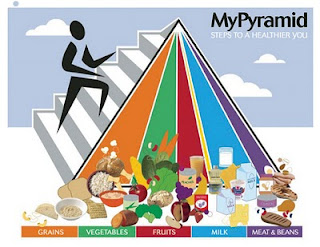Follow Your Calorie Budget
Follow Your Calorie Budget
Weight loss or weight gain is a relatively simple concept, despite what you may think. Basically it comes down to one mathematical equation, and you don’t even have a to be a math whiz to be able to figure it out. It all comes down to calories in vs. calories out. Here are the three possible scenarios of the equation.
--- If Calories In = Calories Out, you will maintain your same weight.
--- If Calories In > Calories Out, you will gain weight.
--- If Calories In < Calories Out, you will lose weight.
Simple right? So simple that if my parents knew that they paid for four years of college, and one of the most important things I learned was an equation as simple as that, they might want their money back. A little warning, the mathematical part of the equation is simple, however it will require a little effort to get the numbers for the equation. I’ll explain those two numbers below.
1. Calories In: The best way to keep track of this is to KEEP A FOOD JOURNAL! (I can see you rolling your eyes already-stop it!) You need to record everything and anything. Even if you eat 7 M&M’s, 5 pretzels, or one bite of cheesecake--write it down!! Every little bit counts, and you’re less likely to snack on unhealthy things if you know you have to write it down. If you want to go above and beyond, record the food, amount, calories, what time you ate, and how you felt before and after you ate. This will help you track your eating habits and how they relate to your emotions. Add up all of the calories at the end of the day, we will compare this number to our calories out number.
2. Calories Out: This is the number of calories your body is burning each day. Two factors, your metabolism rate and your activity level combine to equal this number. First and foremost, you need to find your metabolism rate. Sure there are a lot of scientific ways to find this out, but I’m guessing that you don’t have the time or resources necessarily do that. I turn to the internet to help me out here. Put “find my metabolism rate” in your favorite search engine and I guarantee you will find a lot of websites that will help you calculate it. Now this calculator is not without its flaws, but it is a good jumping off point. The second part to how many calories you are burning each day is your activity level. Once again, you can find calculators on the internet that will help you determine how many calories are burned with particular activities, or some cardio machines will keep track for you. As with the metabolism calculator, they are not perfect-however, it is a good estimate most of the time. Add the two numbers together to get the total number of calories out for the day.
Not too hard right? You have the basic tools now on your road to weight loss. I’m not saying that it will be a piece of cake, but once you understand how calories in vs. calories out relate to your goal, it should simplify life a little.








0 comments:
Post a Comment